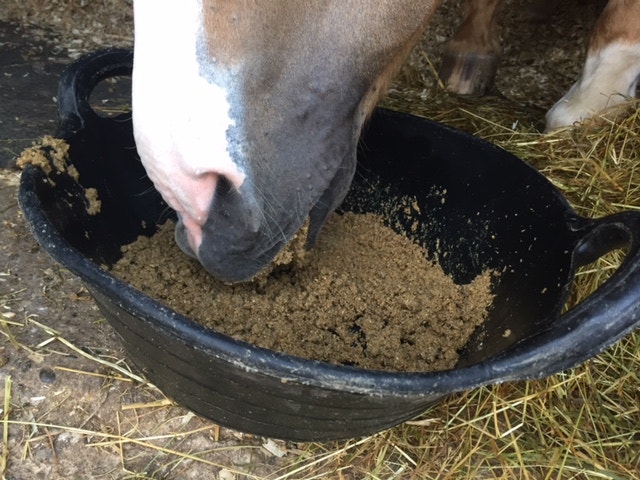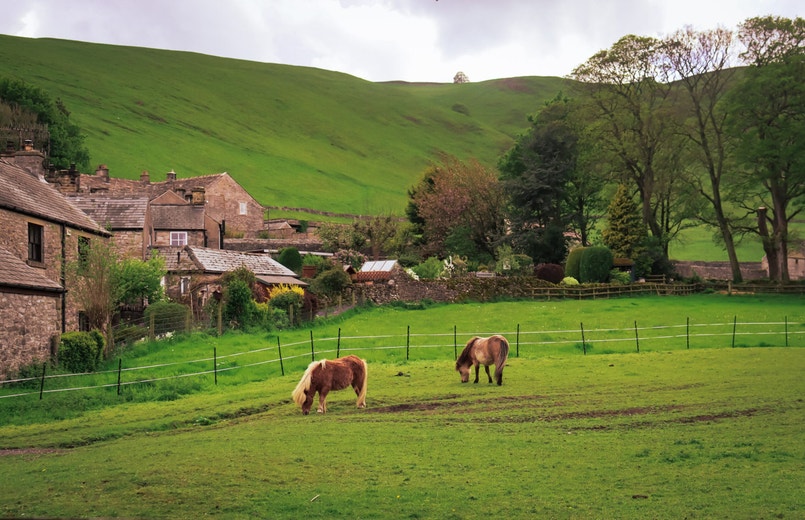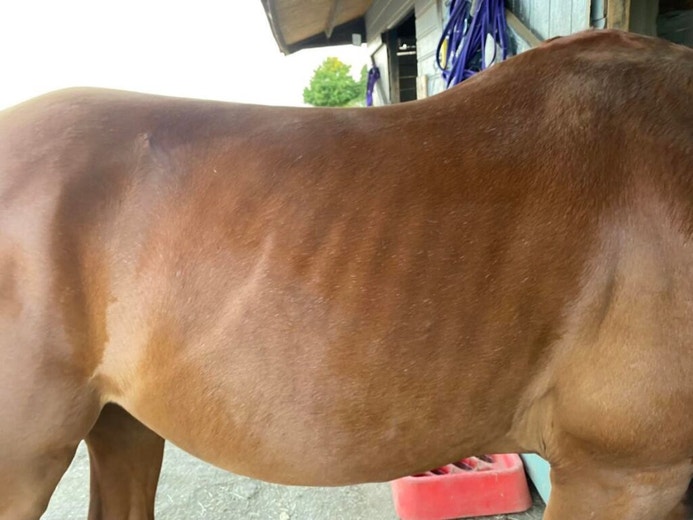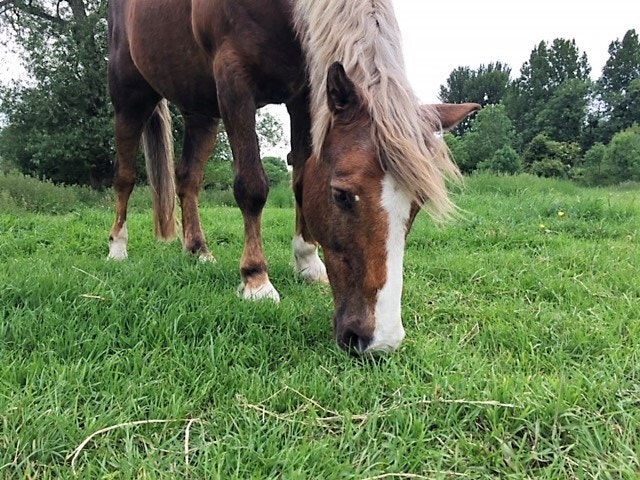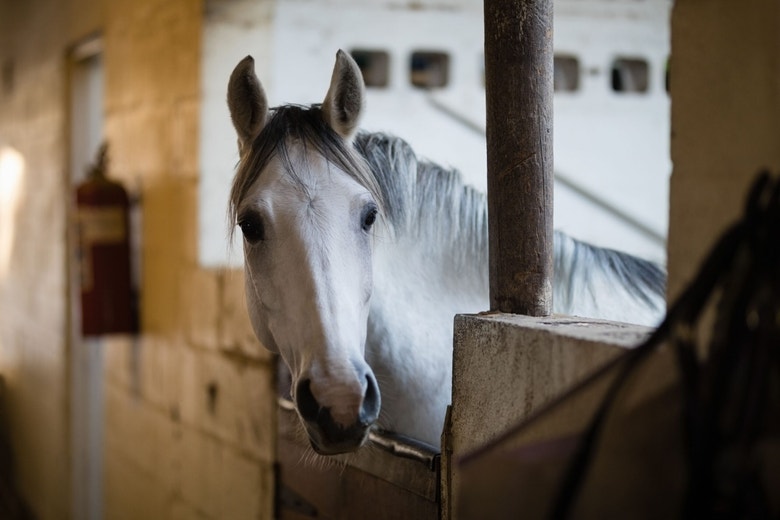
#SPILLERSScience: Highlights in laminitis and obesity research
Did you know that together with the WALTHAM™(open in new tab) Equine Studies Group and our collaborators in universities around the world, we have been researching laminitis for more than 20 years? We have published over 100 scientific papers relating to laminitis and obesity, making it hard to choose which key highlights to share! Here are just few…

2001:
First of an ongoing series of studies at Virginia Tech looking at the effect of diet on insulin dynamics – one of the first papers to do this in the horse (and of course we have done many since).
2003:
A key paper looking at how to detect tissue insulin resistance was published. This research found insulin resistance can be linked with obesity as well as the core diet . This led to a lot of research looking at insulin resistance in different breeds and in response to different diets – see our next highlight for one example!
2005:
A paper showed that feeding thoroughbred weanlings a very starch and sugar rich diet could make them more insulin resistant than if they were fed on an oil and fibre rich diet.
2007:
Results of our first UK based study looking at potential ‘screening tests’ that could help to identify horses and ponies at greater risk of developing laminitis were published. Another paper investigated the link between breed, insulin resistance and the risk of laminitis.

2009:
A key paper describing the cresty neck score for the first time was published. A linked paper discussed potential ways of using this and other markers to predict the development of pasture associated laminitis.
2010:
The first of many of our studies which have looked at ways of safely managing weight loss in obese ponies was published. This and our future studies in this area all aim to help reduce the risk of laminitis and other health concerns associated with obesity.
2011:
The results from the first of several studies investigating how best to soak hay to reduce the ‘sugar’ content was published. These studies helped to inform the practical advice we give to owners today.
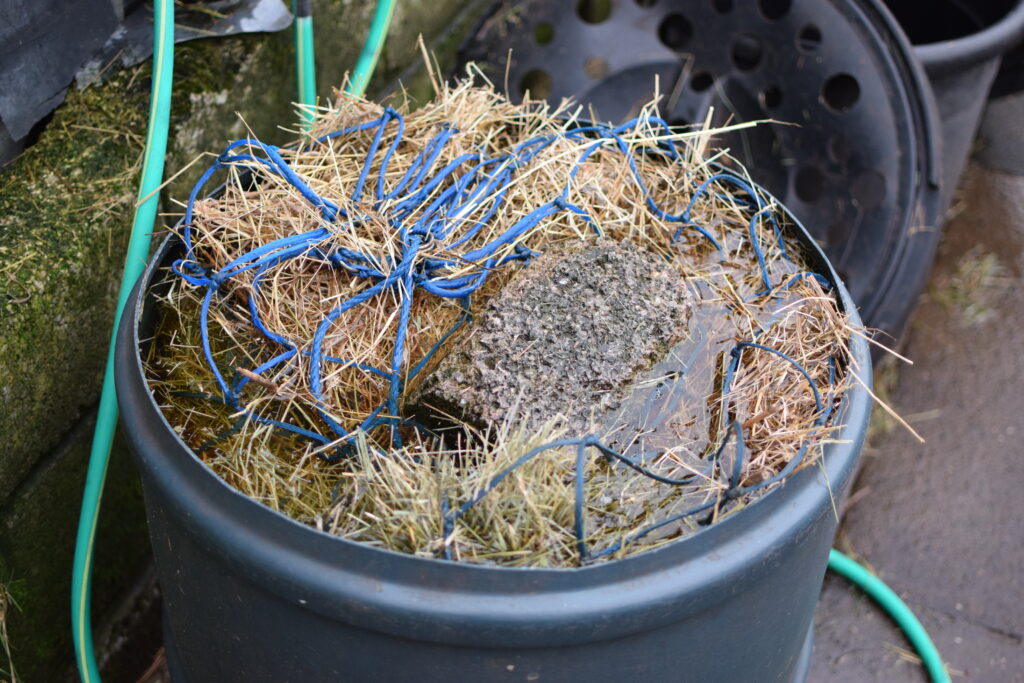
2012:
We showed for the first time that some horses and ponies are very resistant to losing weight – something that many owners have recognised in practice!
2015:
We showed that more dominant animals were more likely to become obese. However later work by us and our collaborators showed that it is not necessarily dominance that makes some horses more likely to put on weight, but perhaps, not surprisingly, those most likely to gain weight tend to eat more and are less distracted.
2016:
Grazing muzzles were found to reduce grass intake by an average of 80% in ponies turned out for 3 hours, regardless of the season.
2017:
The very first prospective study aimed at identifying factors that could predict the risk of laminitis in previously non-laminitic ponies was published. A high concentration of insulin and a low concentration of adiponectin (a hormone produced by fat cells) were able to predict a greater risk of laminitis in the following months or even years. Another study found that a recent change in grazing, access to ‘high quality grazing’ and being a cold-blooded breed less than 149cm in height were significant risk factors for laminitis, regardless of the season.
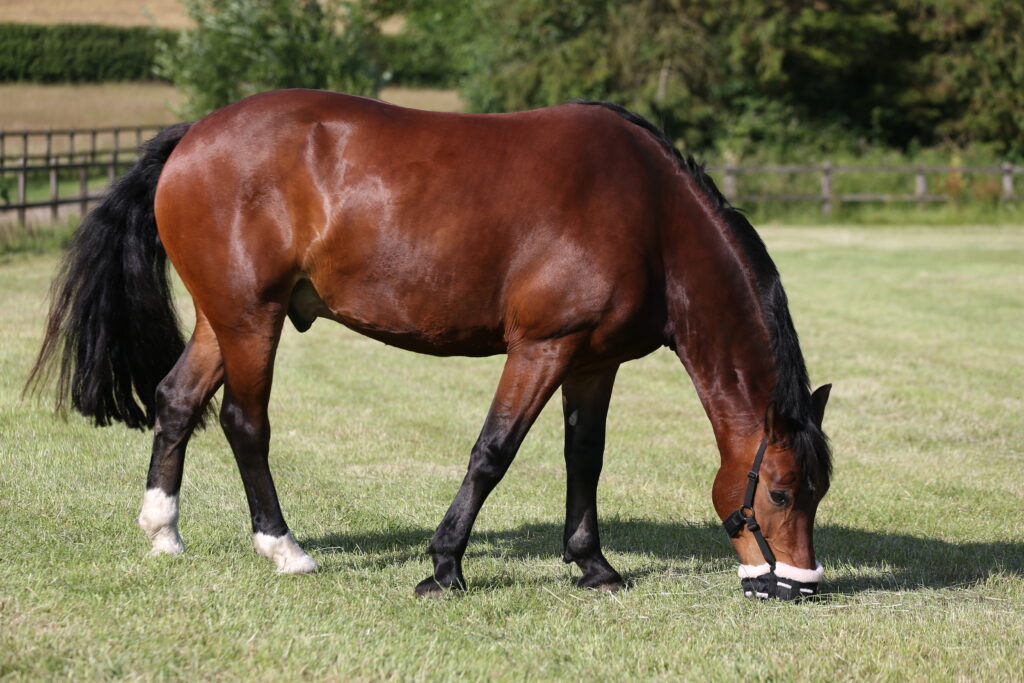
2018:
Insulin-like growth factor 1 (a hormone) was identified as a possible link between high levels of insulin in the blood and laminitis. Although further work is needed, this was an important milestone as scientists had previously been confused about how high levels of insulin may lead to laminitis. Another study found that increasing the dose of Karo Syrup used in the Oral Sugar Test (OST) - a test used for diagnosing insulin dysregulation - improved the ability to differentiate between previously laminitic and non-laminitic ponies.
2019:
Small amounts of exercise were found to improve insulin sensitivity even without having a significant effect on weight loss.
2020:
The first study to describe changes in the faecal microbiome in response to dietary restriction was published. This work provides a baseline for future research with the ultimate aim being to effectively predict weight loss success and identify horses and ponies in need of stricter management at the start. Equally, this could help to ensure more weight-loss sensitive horses are not excessively restricted.
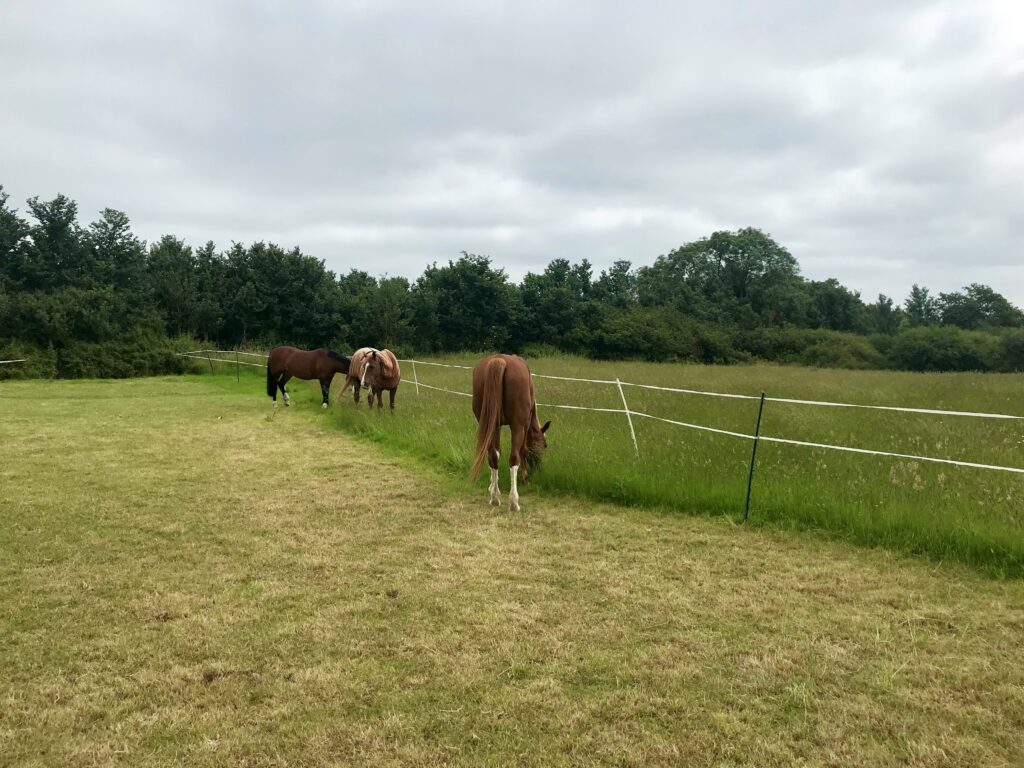
2021:
In this recent study, strip grazed ponies gained significantly less weight compared to ponies given free access to a restricted amount of grazing over a 28-day period.
2022:
Following initially healthy ponies over many years enabled us in this recent paper to categorise ponies as being at either low, medium or high risk of going on to develop laminitis by measuring the concentration of insulin in their blood pre and post an oral sugar test. For example, this work showed that while ponies with a lower level of insulin in their blood could still develop laminitis, they were much less likely to suffer.
What's next?
Laminitis and obesity are issues close to our hearts and remain at the forefront of our research programme. Our current work is focussed on trying to learn how best to manage starch and sugar intake in horses and ponies at risk of laminitis. Watch this space!
For advice on how to feed and manage your laminitic or obese contact the SPILLERS Care-Line.
